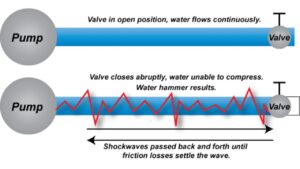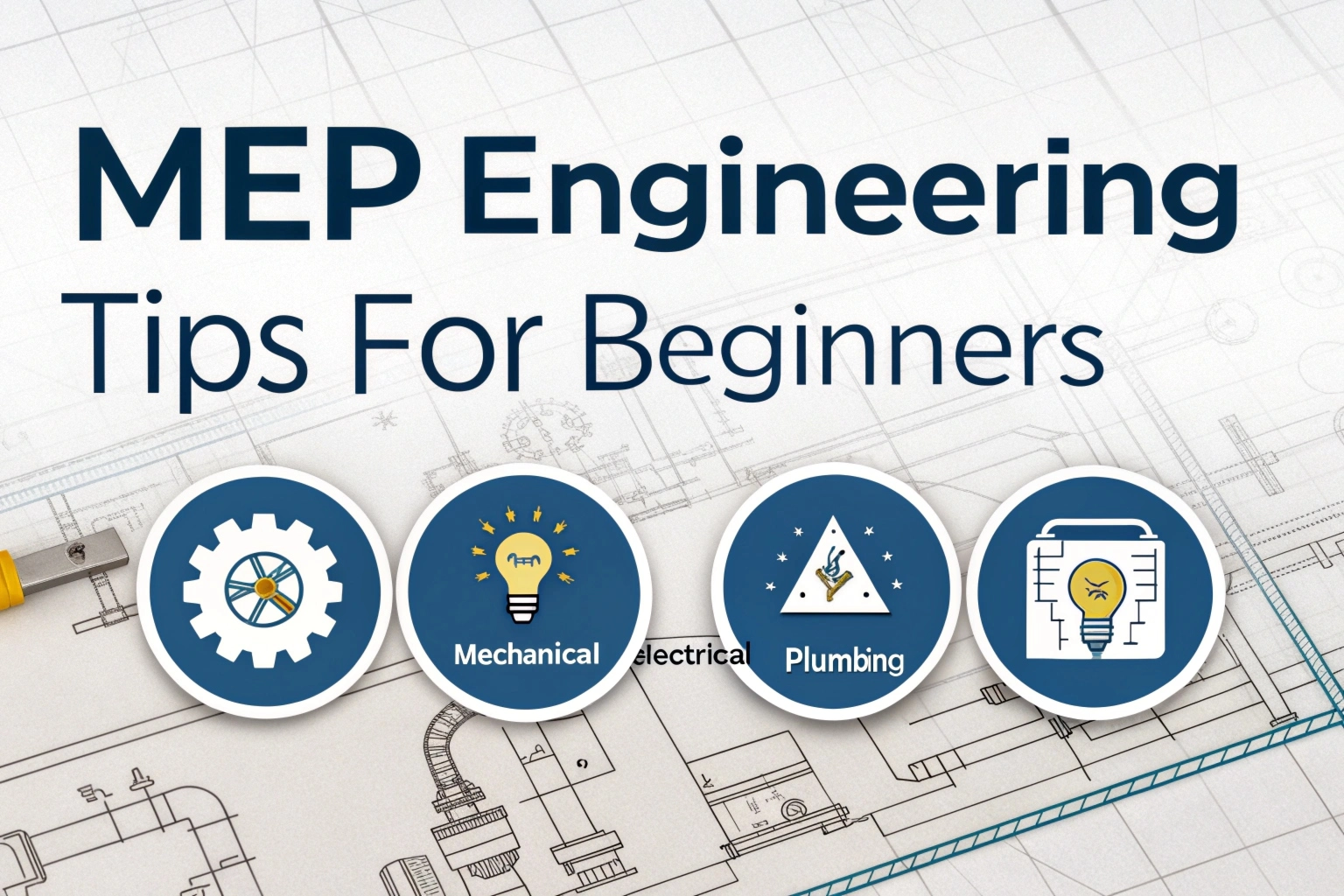Water hammer is to do with managing the loud pounding in the pipes whenever water flow ceases. It can harm your pipes in the long run. Water hammer arrestors are devices installed on pipelines while reducing water pressure helps prevent gas pipeline explosion.
Have you ever switched off the water supply only to be greeted with loud beating sounds from the pipes? That’s the water hammer, and it can actually cause significant harm in the long run to the system. Knowledge about water pressure gives the homeowner assurance on how to handle it and avoid large expenses for home repairs. Stay informed!
So, wait for the subsequent content to familiarize with control and prevention of water hammer and ensure your home’s security. We will then give you basic steps or ways on how to eliminate those loud pipe noises and to avoid or minimize its implications. Practical advice on how to ensure your plumbing is safeguarded and worry free.
What Is Water Hammer?

A water hammer is a pervasive problem in plumbing systems, which is characterized by a shockwave in the pipe system as a result of a sudden stop or change of flow. This shock referred to as hydraulic shock causes a slamming sound that is usually startling. The main cause is usually the sudden closing of valves which leads to an interference of smooth flow of water.
In addition to noise production, this phenomenon has potential for serious destruction in plumbing systems. Prolonged pressure fluctuations in the system can cause fatigue leading to leakes and pipe bursts in jointed pipes. Water pressure should be quickly addressed as it lasts for many weeks if left undetected and will cost a lot of money to sort out.
Common Causes of Water Hammer
Water hammer is experienced mostly when the water flow is suddenly halted. This is mostly common with a sudden closure of the fast acting valves in the dishwashers, washing machines or faucets. The force from the moving water is converted to shock waves that reflex back through the pipeline.
Other causes include high water pressure and poorly secured or sized pipes. Additionally, air chambers in plumbing systems may become waterlogged, reducing their ability to absorb pressure surges. Regular inspection and maintenance can identify these potential issues before they escalate.
Signs of Water Hammer

Detecting water hammer is easy due to its distinct noise. A loud thudding or banging sound when water flow stops is the primary indicator. In more severe instances, the pipes may even shake or vibrate due to the intensity of the pressure wave.
Beyond noise, signs include water leaks or damaged pipe joints. If not effectively tackled, water pressure starts bouncing on the pipe joints or fittings and causes a lot of water damage. Any change in the normal appearance of a floor or any indication of dampness around exposed pipes is also something homeowners should look out for.
Water hammer and its impacts to the systems of plumbing
Water hammer is widely acknowledged to be a serious problem affecting plumbing systems if not well addressed. The first signal is when the joints of the pipes are disconnected. Sustained pressure oscillation’s result in stressing of the joint areas, causing slow leakages. If basically let’s keep on leaking for a while, the impact will be manifested at walls, floor or ceiling having been affected by water.
The long term impacts include stress and wearing off of the entire plumbing system. Valves, fittings, and even pipe sections can experience premature wear, resulting in higher repair costs. Frequent water hammer incidents can necessitate more frequent plumbing maintenance and part replacement.
Preventative Measures to Avoid Water Hammer

Preventing water hammer can be straightforward if addressed early. One common solution is installing water hammer arrestors. These devices absorb the impact of the shockwave, preventing it from causing vibrations or noise.
Regulating water pressure is another effective measure. Water pressure should be kept below 60 PSI to prevent the force behind water pressure. Installing a pressure-reducing valve can help manage this. Maintaining air chambers or installing additional ones in the plumbing system also provides a buffer against pressure surges.
Common Solutions to Address Water Hammer
To address water hammer, homeowners can consider a variety of solutions:
- Installing water hammer arrestors: These devices cushion the pressure surge and reduce noise and pipe movement.
- Reducing water pressure: Lowering water pressure with a valve can prevent high-force water pressure.
For severe cases, more extensive repairs may involve professional interventions such as expanding pipe diameters or reinforcing pipe sections. Plumbers can also replace old pipes with materials better suited to withstand pressure changes.
Table: Common Solutions for Water Hammer
| Solution | Description | Effectiveness |
| Water Hammer Arrestors | Absorb pressure surge to minimize noise | High |
| Pressure-Reducing Valves | Control and lower overall water pressure | Moderate |
| Air Chamber Maintenance | Ensure chambers remain functional | Moderate |
| Pipe Insulation or Support | Secure pipes to limit movement | Low to Medium |
Advanced Techniques for Severe Cases
For more severe water hammer issues, advanced measures may be required. One method is installing an expansion tank. These tanks absorb excess water pressure, helping to balance the system and reduce the risk of hammering.
Another advanced solution is the installation of slow-closing valves. They avoid water interruption so that a hydraulic shock force is not experienced in the pipeline, appliances and structures. This solution is specially for those machines like dishwashers and washing machine that fall under this category.
DIY Tips for Homeowners
Homeowners can take some simple steps to reduce water hammer:
- Secure loose pipes: Try to adopt pipe clamps or brackets for the use to ensure that pipes do not shift from position whenever there is change in water flow is experienced.
- Drain and refill air chambers: If air chambers are filled with water, shut the water supply and remove the water in the pipes. This allows room air to return to the chambers and the body’s spring like nature is reinstated.
Regular DIY maintenance can help address minor water hammer problems and improve the lifespan of the plumbing system.
Table: DIY Solutions vs. Professional Help
| Solution | DIY Level | Professional Level |
| Securing Loose Pipes | Simple clamps or brackets | Reinforcing with specialized tools |
| Installing Water Arrestors | Easy for smaller systems | Expert installation for large systems |
| Reducing Water Pressure | Home gauge test and simple adjustments | Full system pressure regulation |
Benefits of Using Water Hammer Arrestors
The validated method of water hammer arrestors is therefore a physically realistic solution that explains how it absorbs the shock wave and how it avoids this from damaging the plumbing system. Copper shielded devices are easy to install, affordable and incredibly effective at combating noise and pipe protection.
Benefits of water hammer arrestors include:
- Quick installation: Most water hammer arrestors can be installed without significant plumbing changes.
- Long-lasting results: Arrestors provide continuous protection, reducing the need for frequent maintenance.
Improving Boiler Efficiency with an Economiser
Although not directly related to water hammer, economisers are used in systems like boilers to improve overall efficiency by preheating water. They reduce the energy required to heat water, thus saving fuel. Adding an economiser can complement efforts to maintain a balanced water system.
All the information needed for this article can be summed up in one word, that word is, Maintain!To avoid water hammer and similar problems it is crucial to constantly care for your plumbing network. Regular inspections and proactive maintenance go a long way in ensuring long-term stability:
- Schedule yearly checks: It is important to have a professional check up your pipes and water pressure.
- Replace old parts: Replace any worn-out part as and when they are bad to avoid failure.
Putting measures like these should be undertaken in order to prevent the existence of such sudden problems, thus help in increasing the lifespan of your plumbing system.
Conclusion
Dealing with water hammer: what you have to be aware of is the fact that timely action can help prevent the losses and expensive operations for your house. This way, knowing what constitutes high pressure, for example, water pressure, or shocks from quick valve shut down, preparedness is easy. One is Water Hammer Arrestors; two is tighten and secure loose pipes; and three is correct water pressure.
Just like any other part of a building, the plumbers advise that a house owner can avoid future problems by maintaining the regular maintenance and even when problems arise, simple remedies like using straps to hold loosened pipes or adjusting the pressure of water in the pipes could be used. If you are able to follow all these simple steps then the water hammer problem should be sorted out, and water hammer minimized in your plumbing system. Remember, dealing with water hammer: what you need to know is not only for prevention but also for curing your home’s health issues. Favor these measures to enhance your plumbing standards and guarantee you perfect peace of mind.
FAQs
Do I need to worry about water hammer?
Yes, water hammer can damage pipes over time and lead to leaks or bursts, so addressing it promptly is important.
How can a water hammer be controlled?
Water hammer can be controlled by installing water hammer arrestors and reducing water pressure in the plumbing system.
How do you reduce the water hammer effect?
Reduce water hammer by securing loose pipes, installing arrestors, and maintaining appropriate water pressure levels.
What is the main cause of a water hammer?
The main cause of water hammer is the sudden stop or change in water flow, creating a shockwave in the pipes.
How to solve the water hammer problem?
Solve water hammer by adding arrestors, ensuring air chambers are functioning, and adjusting the water pressure.
Read More : Maximizing Energy Savings with Economisers in Thermal Plants













